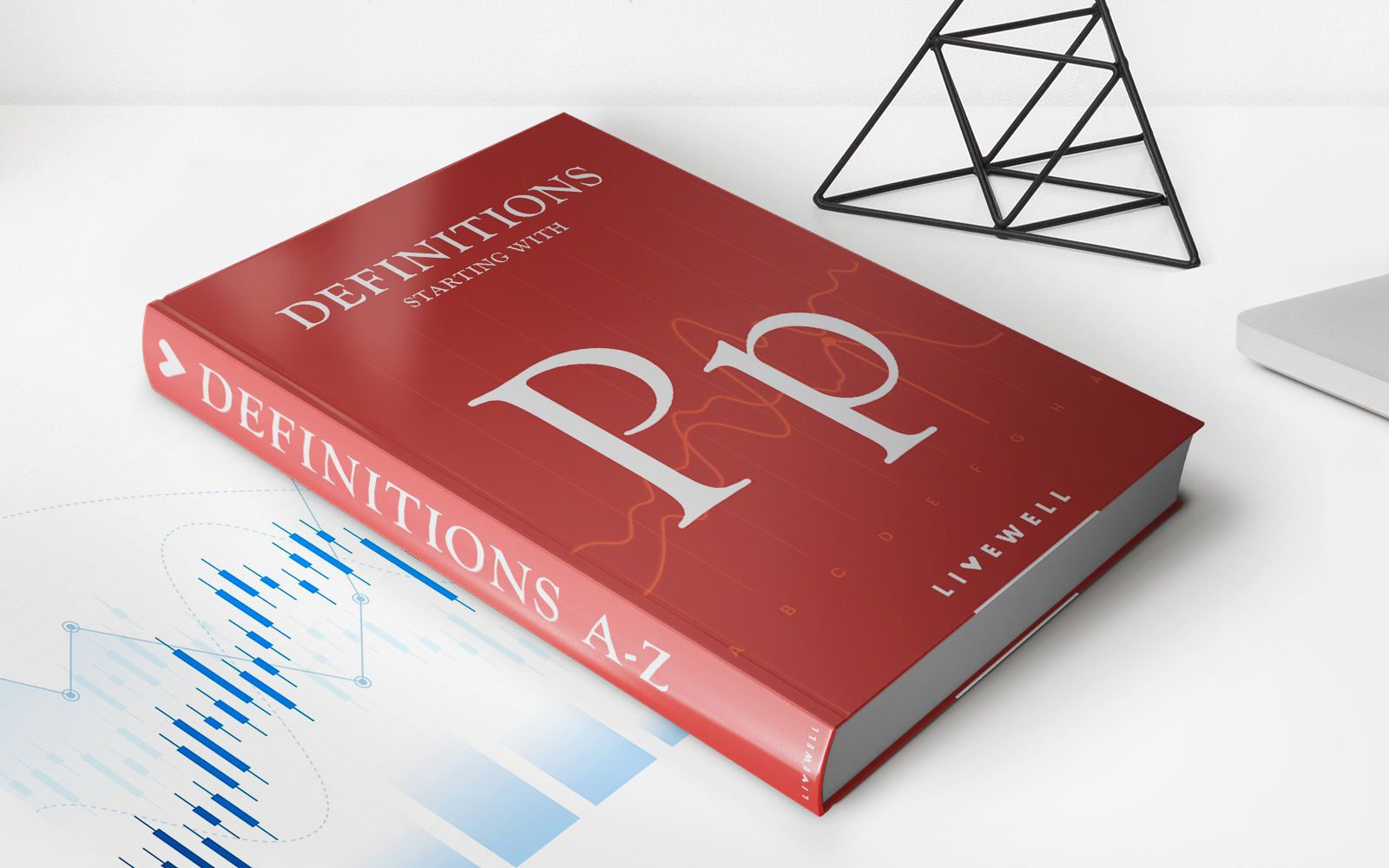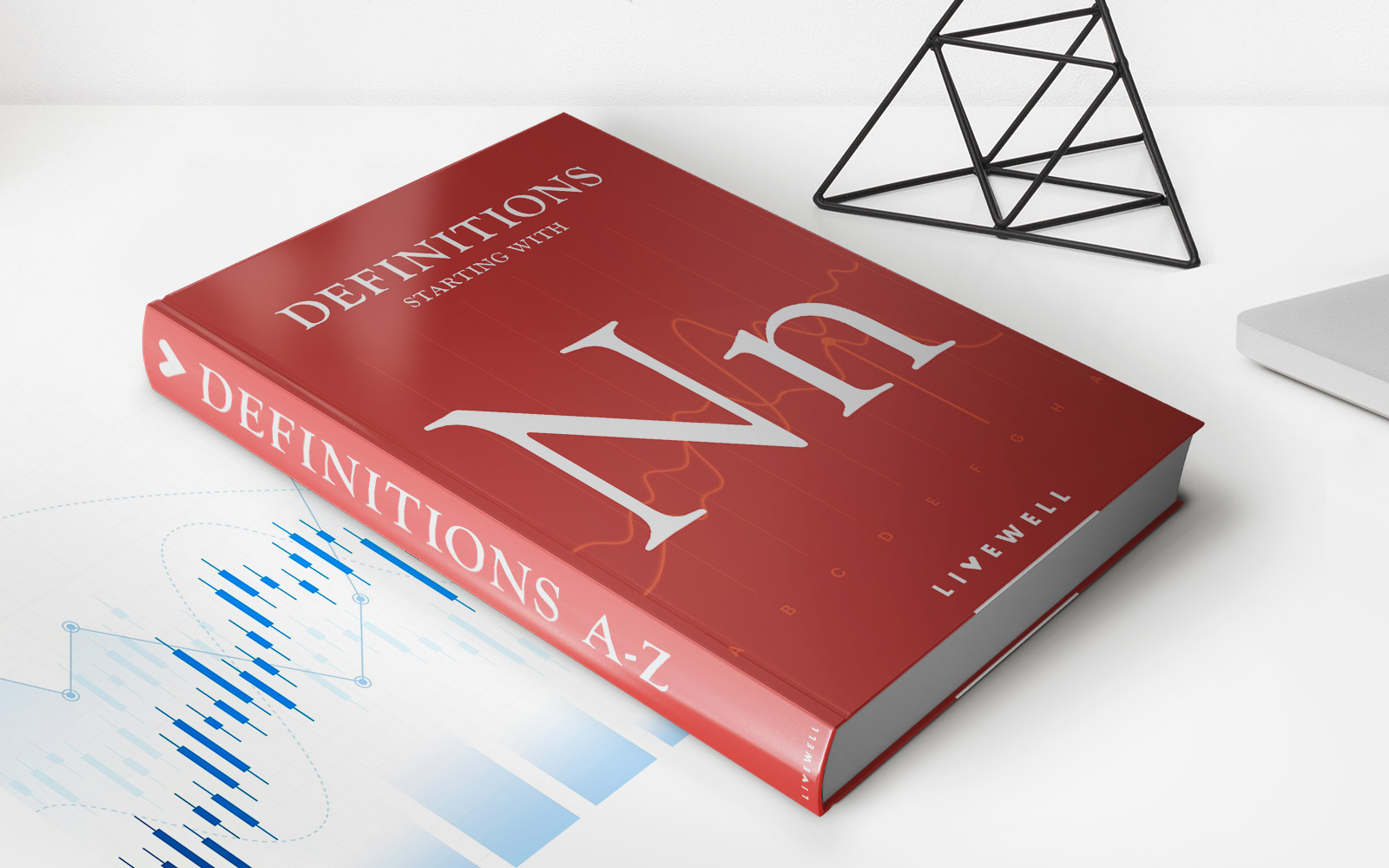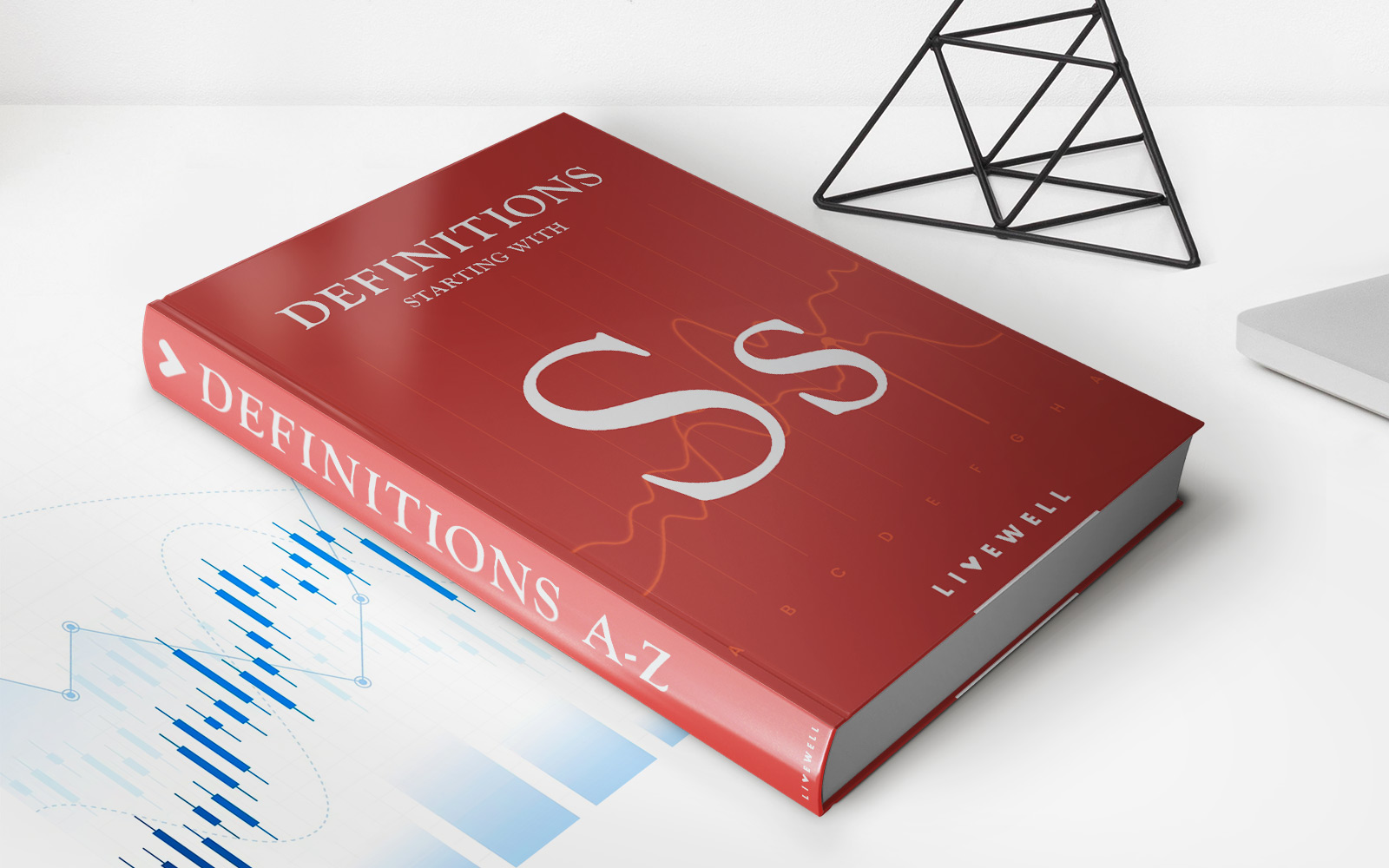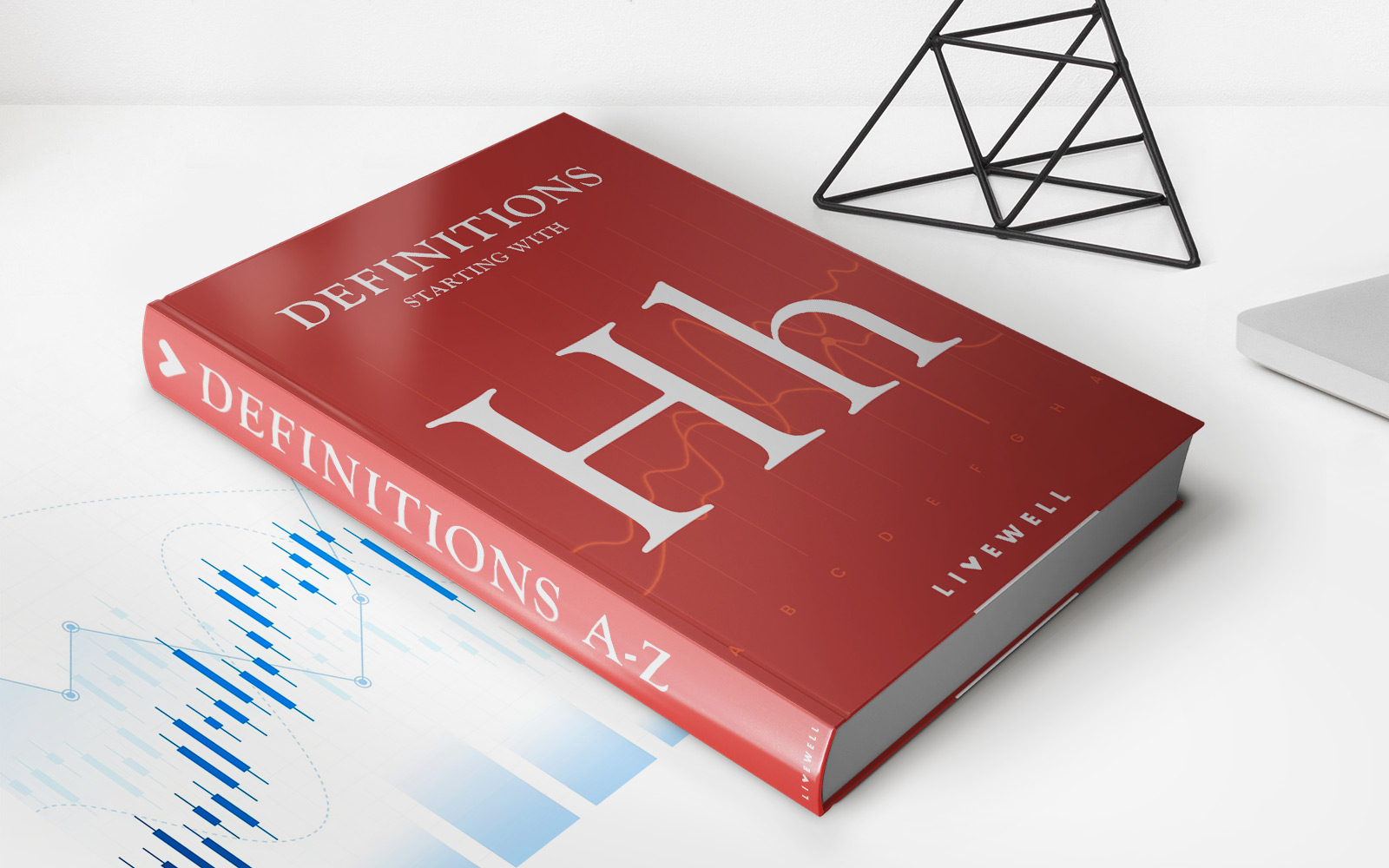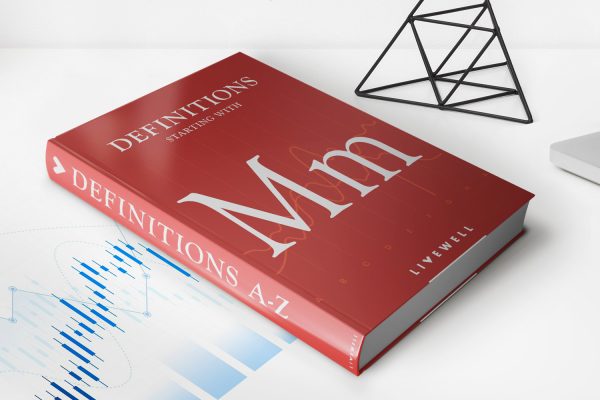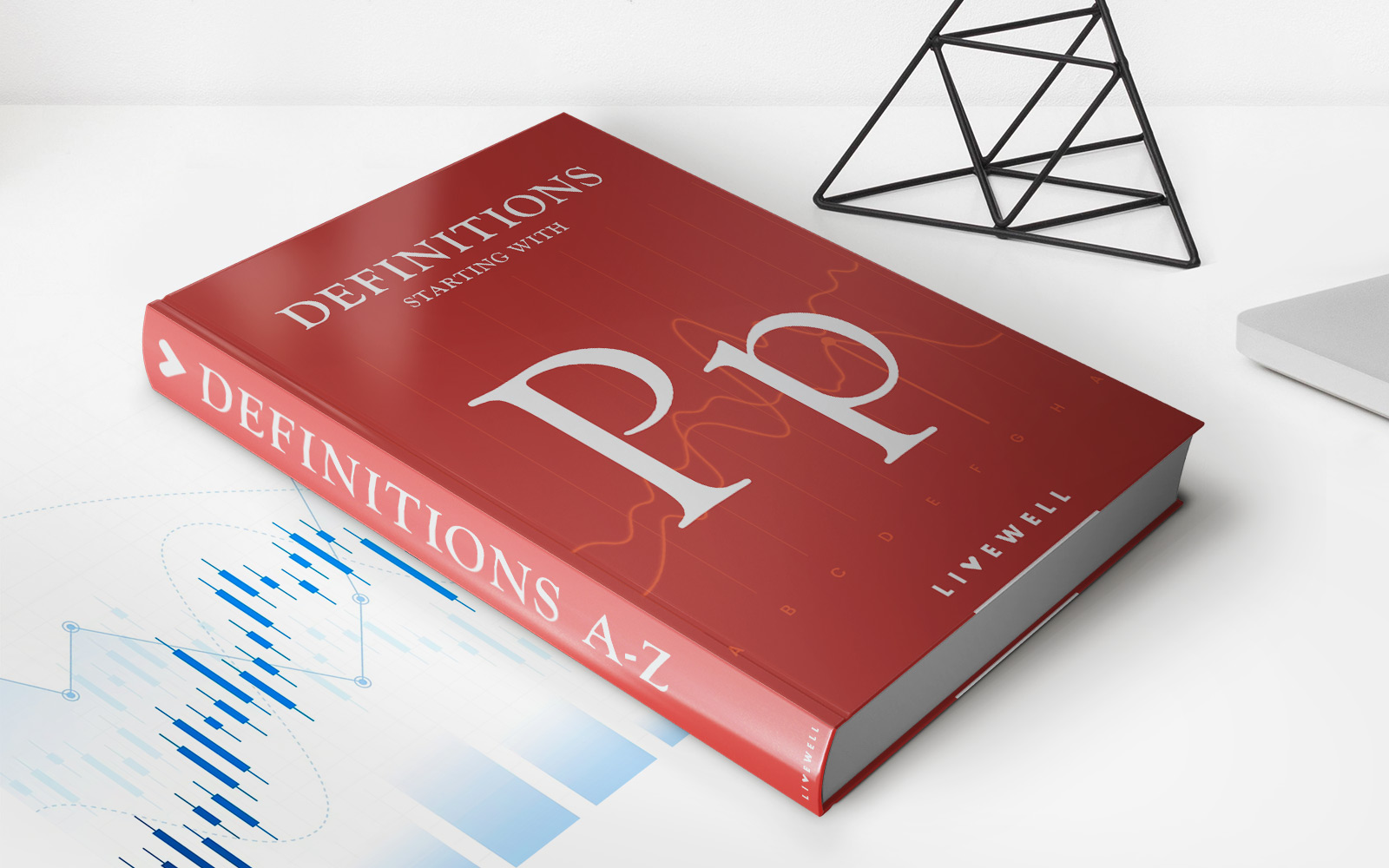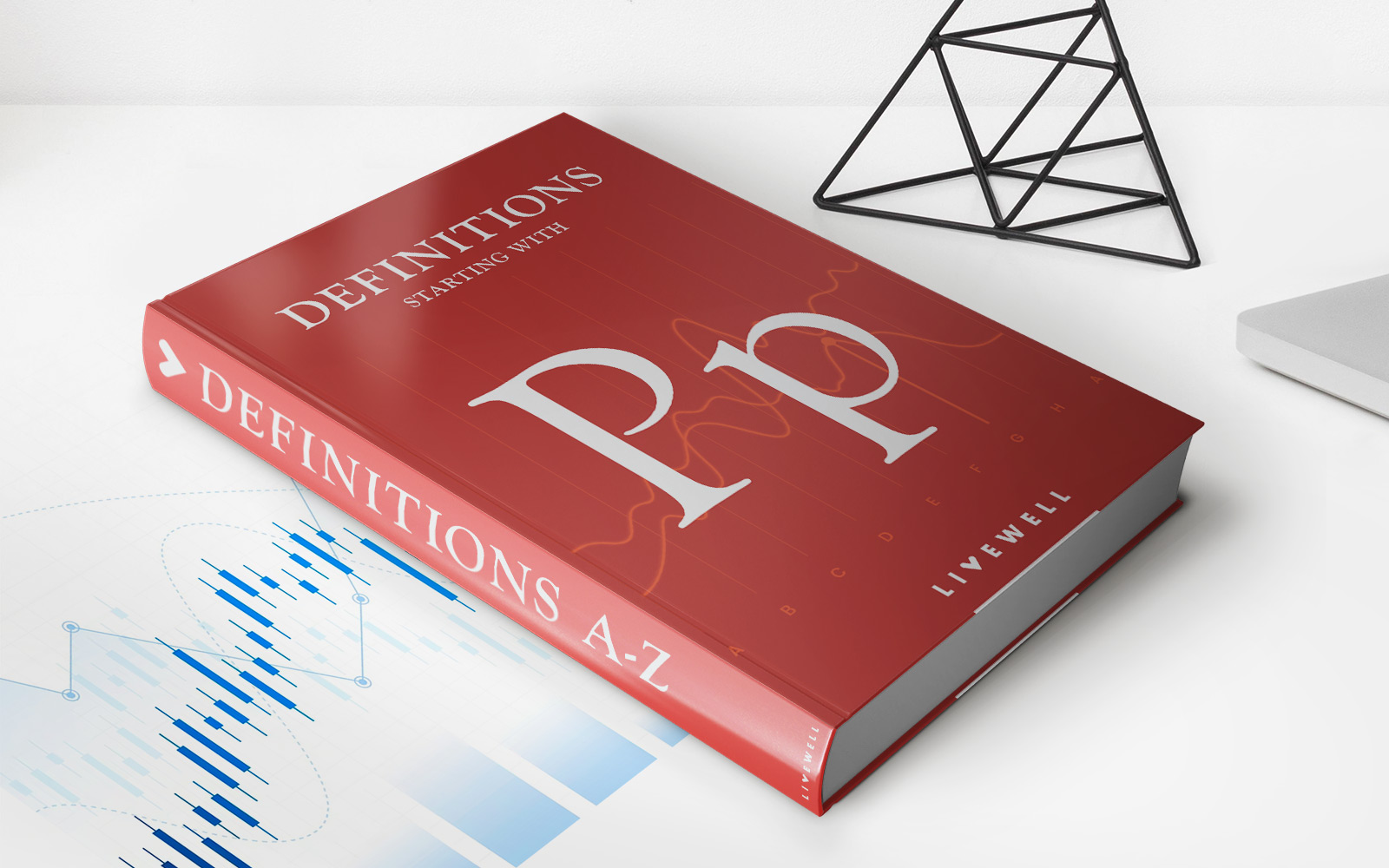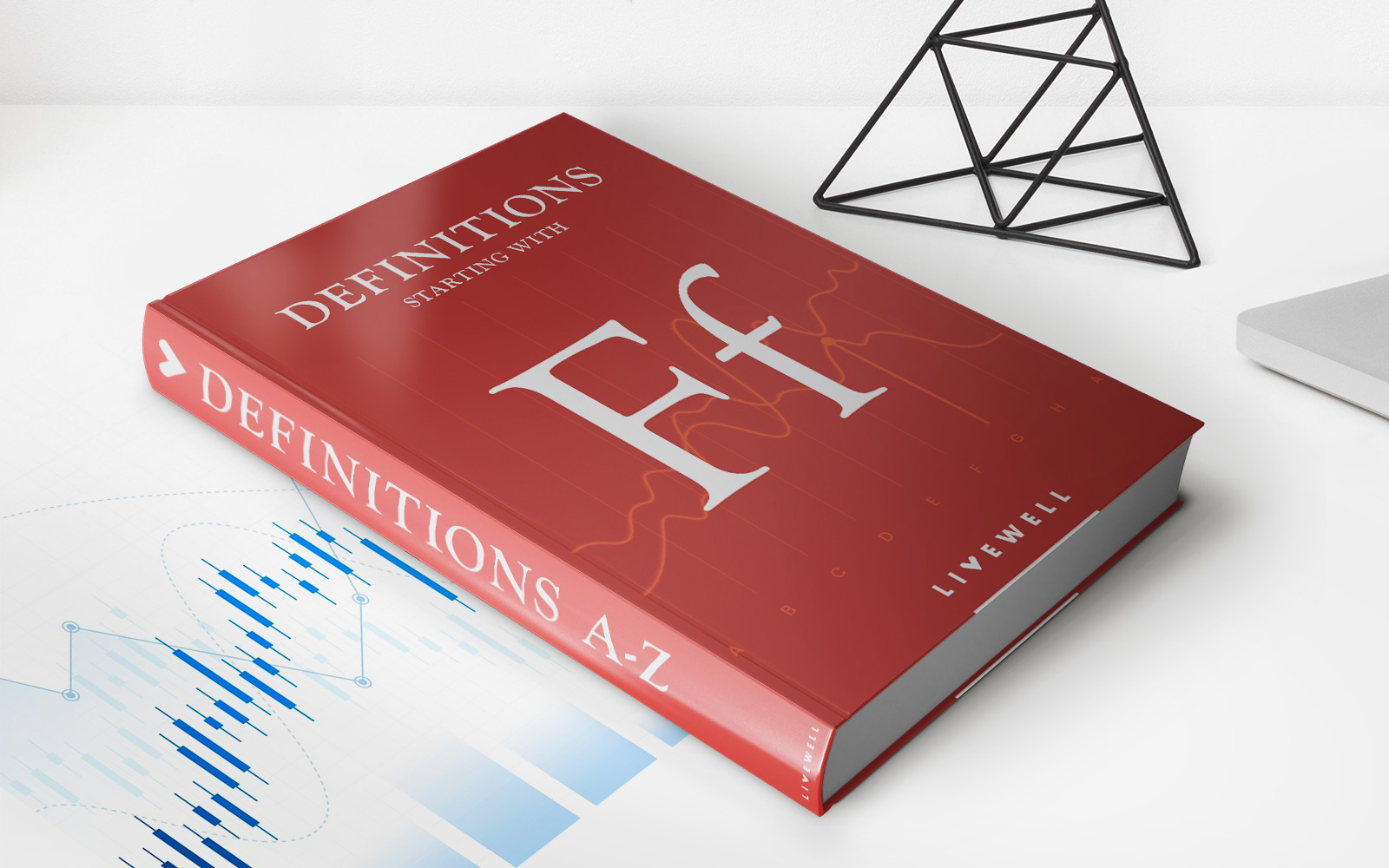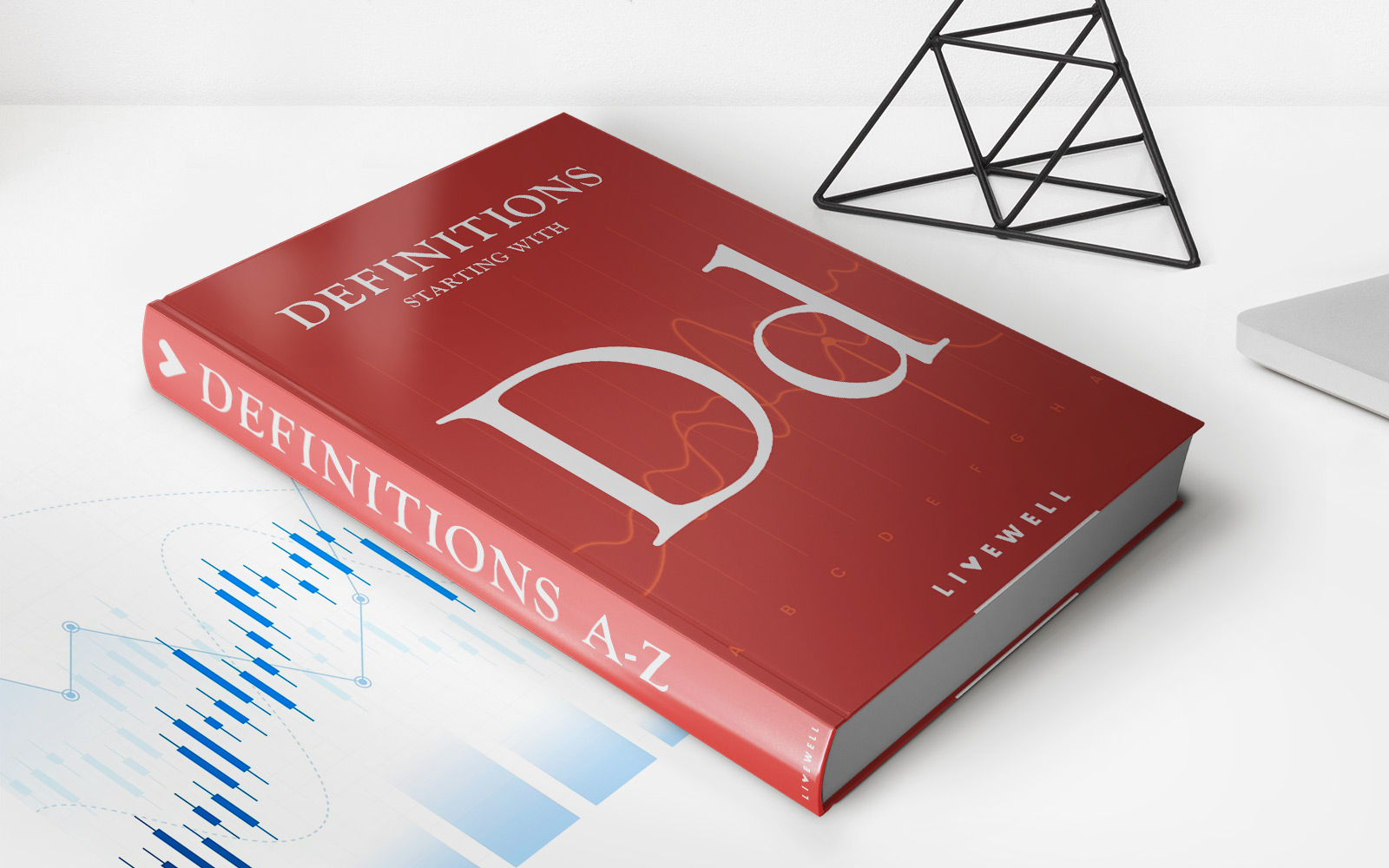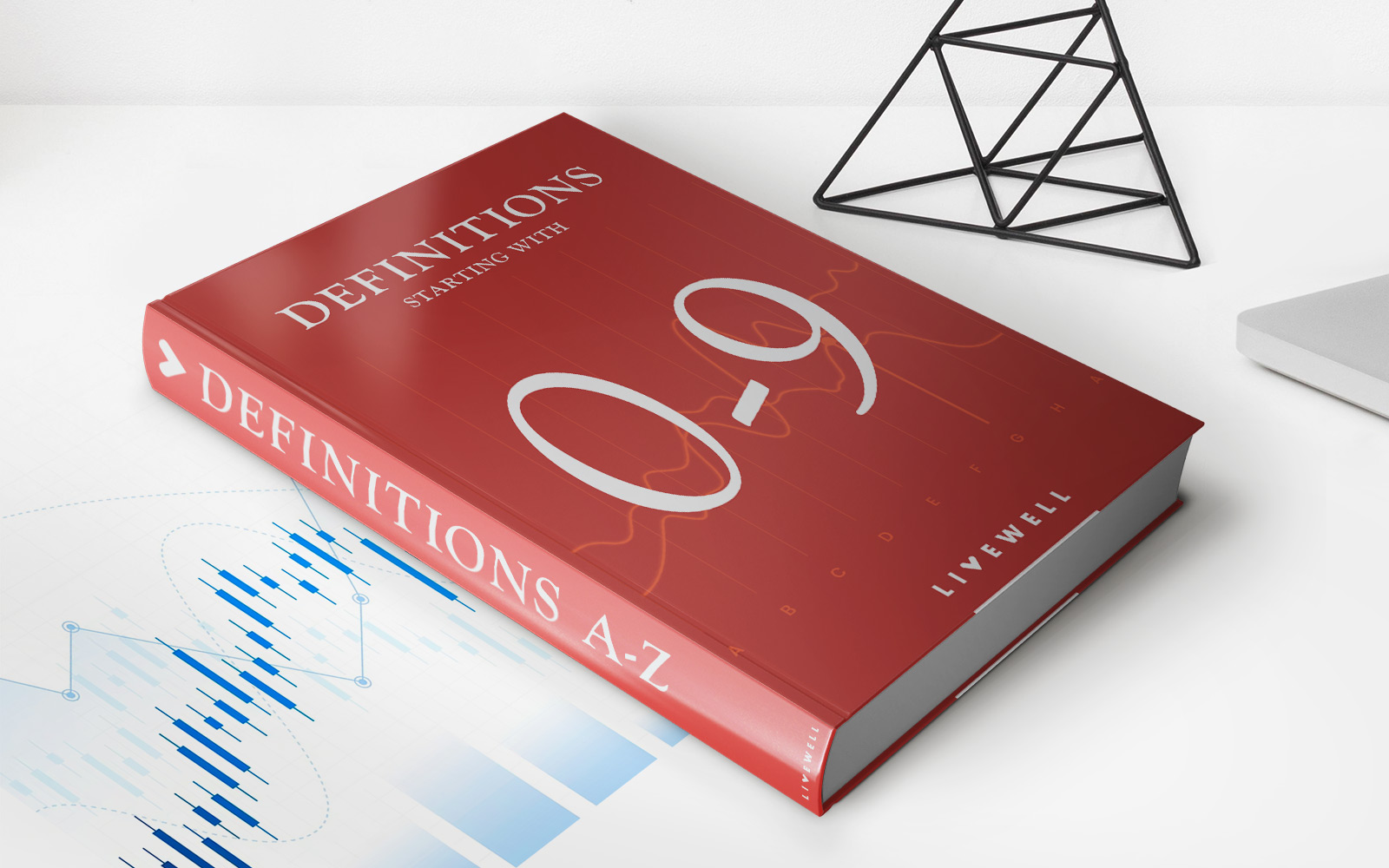Home>Finance>Purchasing Managers’ Index (PMI) Definition And How It Works
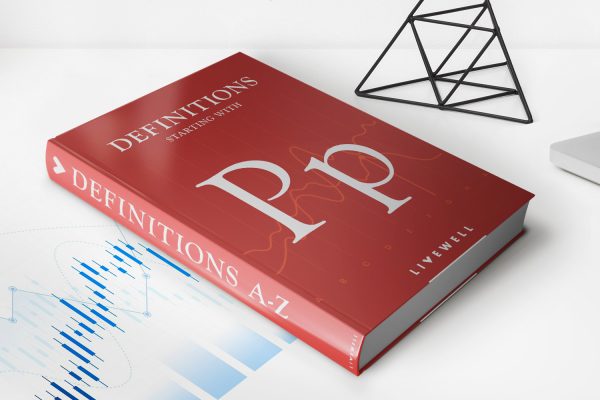
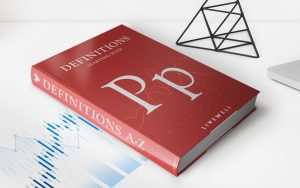
Finance
Purchasing Managers’ Index (PMI) Definition And How It Works
Published: January 14, 2024
Learn the definition and functionality of the Purchasing Managers' Index (PMI) in finance. Gain insights on how this index works and its importance in tracking economic trends.
(Many of the links in this article redirect to a specific reviewed product. Your purchase of these products through affiliate links helps to generate commission for LiveWell, at no extra cost. Learn more)
Purchasing Managers’ Index (PMI) Definition and How It Works
When it comes to analyzing economic trends and predicting the direction of financial markets, understanding key indicators is essential. One such important indicator is the Purchasing Managers’ Index (PMI). In this blog post, we will explore the definition of PMI and how it works, shedding light on its significance in the world of finance.
Key Takeaways:
- PMI is an economic indicator that provides insight into the health of a country’s manufacturing sector.
- PMI is based on a monthly survey of purchasing managers from different industries, measuring factors such as new orders, production, employment, supplier deliveries, and inventories.
So, what exactly is PMI? In simple terms, PMI is an economic indicator that gives us a snapshot of the health of a country’s manufacturing sector. It is based on a monthly survey conducted by a reputable organization, such as the Institute for Supply Management (ISM) in the United States or the Markit Group in Europe. The survey involves collecting data from purchasing managers in different industries, who are responsible for making procurement decisions for their companies.
The PMI is calculated using a scale of 0-100, where a reading above 50 indicates expansion in the manufacturing sector, while a reading below 50 suggests contraction. This indicator takes into account multiple factors, including new orders, production levels, employment, supplier deliveries, and inventories.
Why is PMI so important? Well, the PMI provides valuable insights into the overall health of the manufacturing sector and can be a leading indicator of economic growth or decline. It helps investors, policymakers, and businesses make informed decisions by providing an early indication of changes in economic activity. For example, when the PMI rises, it signifies increased demand for manufactured goods, which could lead to higher corporate profits and potentially drive stock market returns.
On the other hand, a decline in the PMI may suggest a slowdown in the manufacturing sector, indicating a weaker economy and potentially influencing investment strategies. Traders and investors closely monitor PMI reports to evaluate the current economic conditions and adjust their portfolios accordingly.
In conclusion, the Purchasing Managers’ Index (PMI) is a crucial economic indicator that provides insights into the health of a country’s manufacturing sector. By capturing data from purchasing managers across industries, it offers an early indication of changes in economic activity and serves as a valuable tool for investors, policymakers, and businesses. Understanding PMI and its implications can help individuals navigate the world of finance with a better understanding of economic trends and potential investment opportunities.


